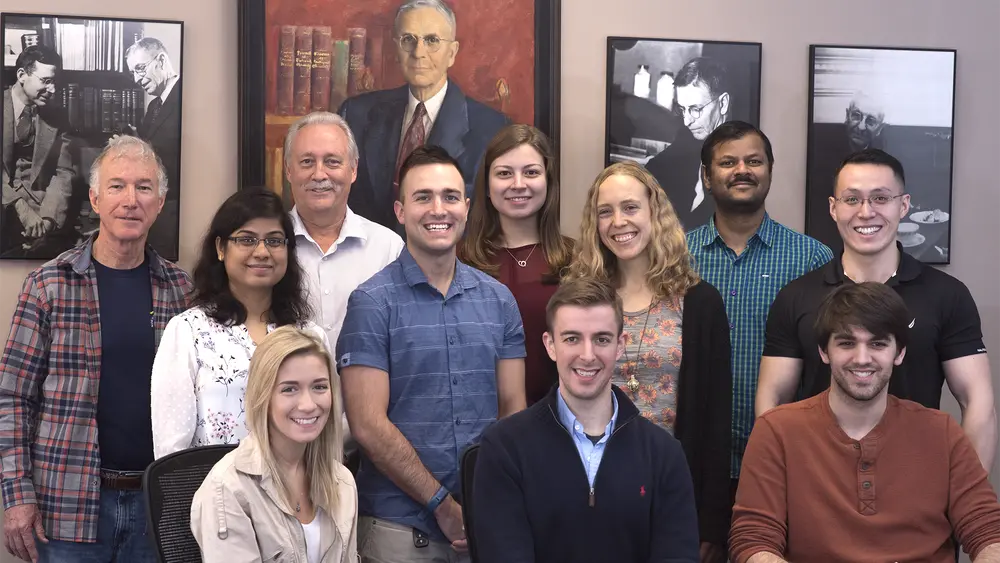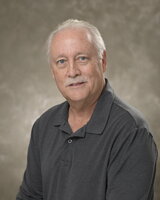
The Kranz lab and colleagues have recently publish a trio of papers that describe the engineering of receptors that can mediate specific and potent destruction of cancers by T cells.
Findings published in Nature Biotechnology, the Journal of Biological Chemistry, and the Journal of Immunology describe strategies to engineer improved receptors against cancer antigens, and to enhance the properties of the T cells that express these receptors. Over the past three decades, immunologists have developed a type of cancer treatment called adoptive T cell therapy. The approach alters a patient’s own T cells (a type of white blood cell which can be collected from the blood of each patient) by inserting a protein-based receptor that binds to an antigen on the surface of the cancer cells. Once binding occurs, the T cell kills the cancer cell and then serially moves on to the next cancer cell, one by one destroying its cancerous ‘enemies’.
In order to engineer these cancer-seeking T cells, the receptors must be designed to bind optimally to the cancer cell, but not to normal cells in the body. In addition, many other important questions about the receptor:cancer antigen interaction remain. For example, how many cancer antigens are required? How tightly should the receptors bind? Can these receptors be engineered to improve their activity?
Each of these papers addresses some aspect of these questions. In the Nature Biotechnology work, conducted with colleagues Tom Schmitt and Phil Greenberg at the University of Washington, a diverse collection of receptors (called T cell receptors, TCRs) was expressed in progenitor T cells. From these, it was possible to do rapid in vitro selection of those T cells with TCRs that bound well to the cancer cell antigens while at the same time avoiding those T cells that would be reactive with normal cells. This ‘natural selection’ of TCRs could provide advantages for identifying TCRs that are safe and effective for use in patients.
In the work described in the Journal of Biological Chemistry, Preeti Sharma, a postdoc in the lab, discovered that a T cell receptor against a cancer antigen from melanoma could be engineered to improve binding dramatically by taking an approach sometimes called ‘needle in the haystack’ selection. This involved generating a collection of over one million mutant TCRs, mutated at key locations in the structure, and then selecting the few that bind better to the cancer antigen. Unexpectedly, some mutations that bound almost 100-times better were located away from the antigen-binding site.
Finally, in the study published in the Journal of Immunology, Dan Harris, an MD/PhD student, and Marlies Hager, a postdoc in the lab, examined a different question but one of direct importance to the use of adoptive T cell therapies. In addition to T cell receptors, there are many clinical studies involving another class of receptors, called chimeric antigen receptors (CARs). In fact, there are two recent FDA-approved CAR T cell therapies, one against acute lymphoblastic leukemia and one against B-cell lymphoma (KymriahTM from Novartis, and Yescarta™ from Gilead/Kite, respectively). Harris, Hager, and colleagues decided to compare various properties of TCR- and CAR-mediated T cells to understand more about their mechanisms of action, and under what conditions one might be superior to the other. Their salient finding was that TCR T cells were 100-fold more sensitive than CAR T cells, indicating that TCRs should be used when cancer antigens are at low levels.
Collectively, these studies help build on the excitement and potential of immunotherapies. In this case, engineering a patient’s own T cells with the most effective receptors to treat their tumors.
The work was supported by grants from the National Cancer Institute of the National Institutes of Health.
